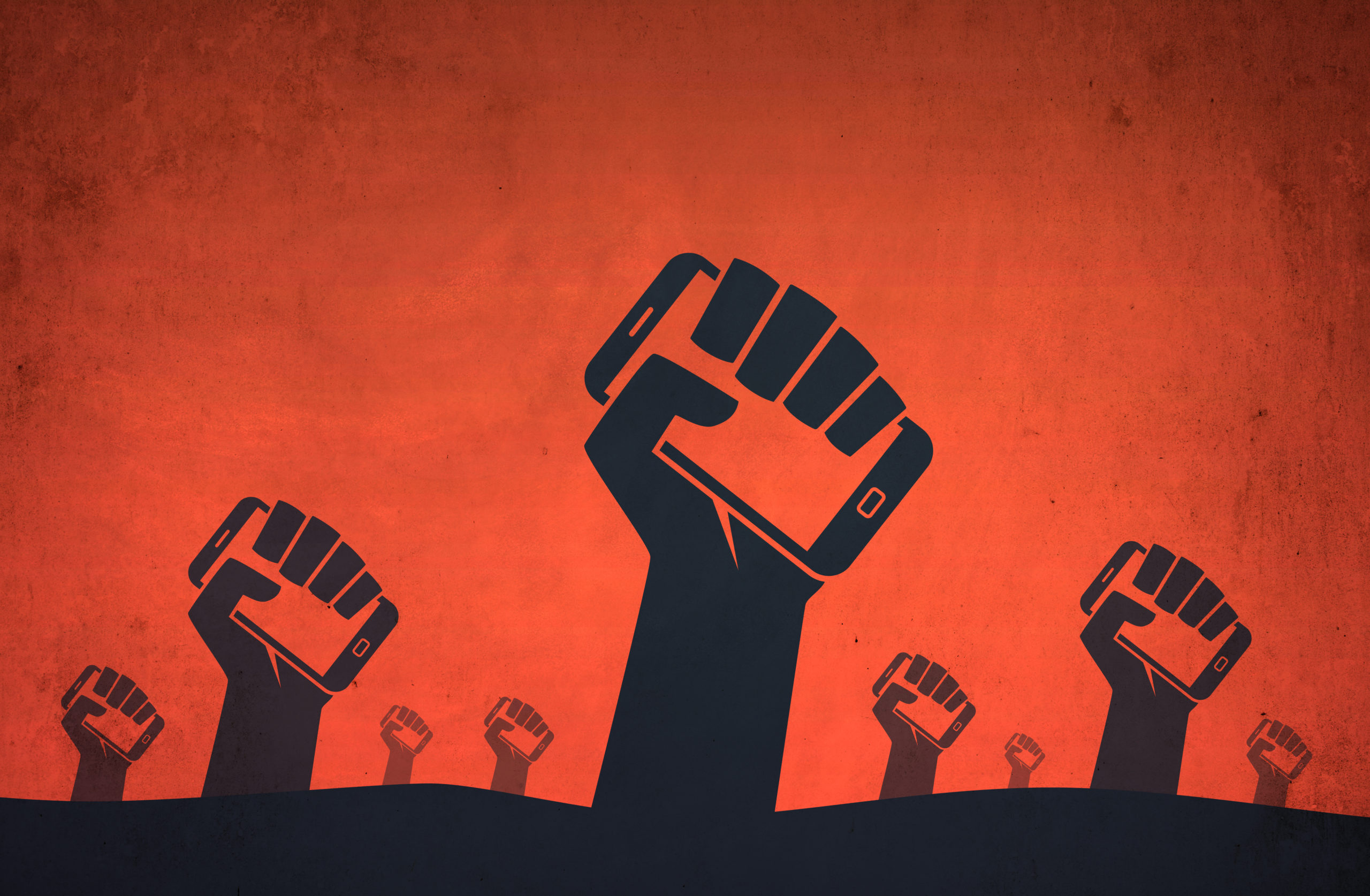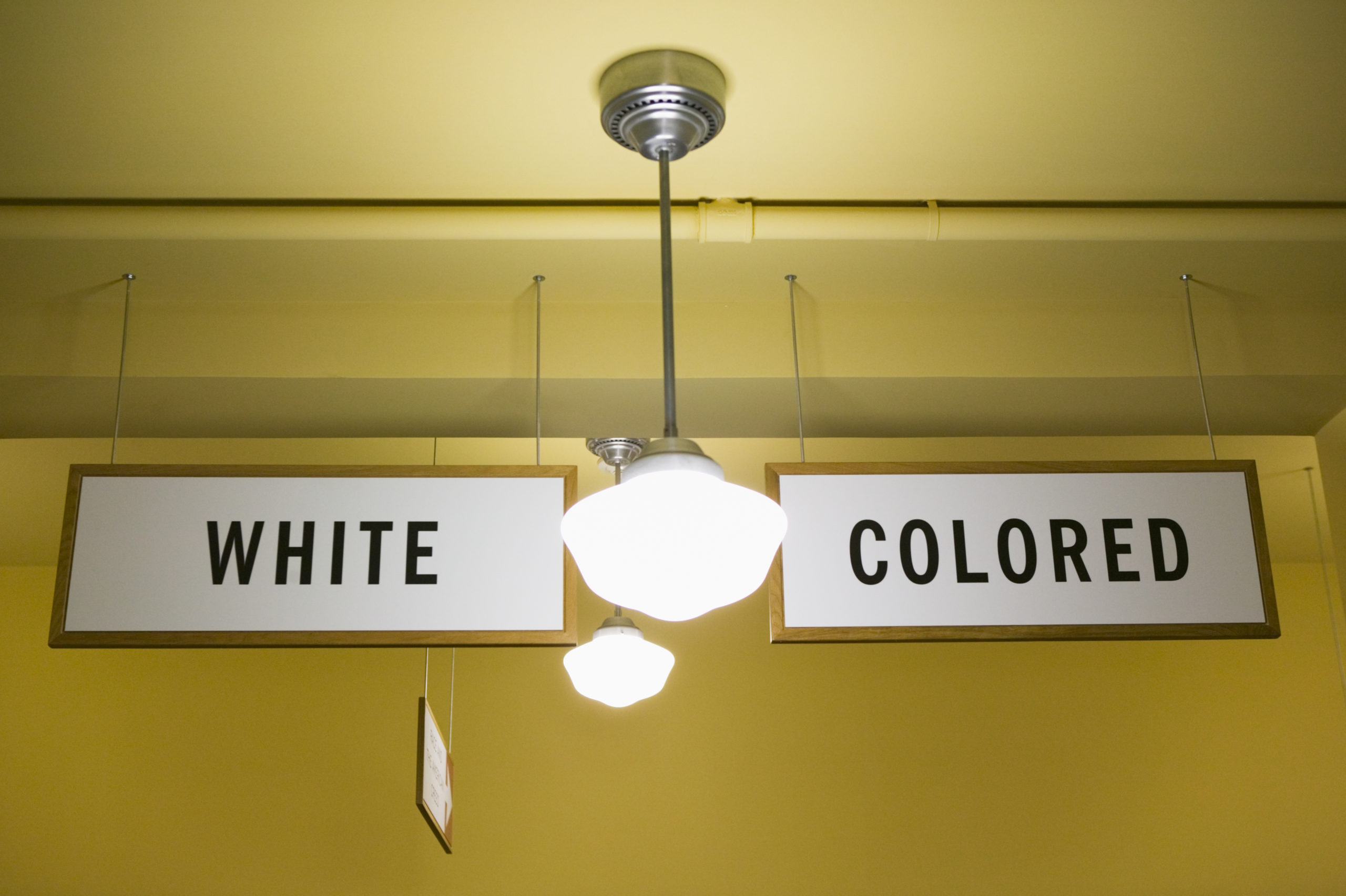What should we do about racial disparities? That enduring question has preoccupied America for over half a century. Proposed solutions to this seemingly intractable problem have generally been of two types.
The first sort of solution was the legally and morally correct answer: non-discrimination policies. As written, if not always as enacted, the Civil Rights Act of 1964, the Voting Rights Act of 1965, and the Fair Housing Act of 1968, among other policies, all expressed the principles of nondiscrimination, individual treatment, and equal opportunity. Those laws set America on a course toward the colorblind society that Dr. Martin Luther King, Jr. famously dreamed about. From Jefferson to Lincoln to King, America’s enduring promise is that of equality under law.
But that answer didn’t satisfy everybody. Some argued that a colorblind society, even with robust legal protections, would still in practice allow, if not actively create, persistent disparities among racial groups. Shifting the focus from the individual to the racial group, a second more legally dubious set of solutions developed in the wake of the Civil Rights Movement.
Affirmative action is the precursor the modern-day “diversity, equity, and inclusion” policies that have infected most American institutions, including universities, government agencies, and private companies. Affirmative action had its genesis in two executive orders by Presidents Kennedy and Johnson, both of which required federal agencies to consider race when distributing certain contracts and other benefits. These initial movements away from individual treatment and nondiscrimination represented a significant shift in American law. In 1978, Congress amended the Small Business Act, and for the first time, federal law explicitly endorsed the policy of giving preferences to certain racial groups for supposedly “beneficial” or “benign” purposes. Over the years, Congress and federal agencies expanded race-based preferences to combat racial disparities encountered by “socially disadvantaged” (read: non-white) businesses and individuals.
In the 1970s, private businesses similarly imposed race-based hiring and promotion policies under the label of “affirmative action.” For example, in 1974, a major west-coast aluminum producer, Kaiser Corporation, created an explicit racial quota, reserving 50% of openings in its training program for black employees. In the government arena later that year, the California Department of Corrections adopted an affirmative action plan requiring its prison guards to be in rough racial proportion to the minority inmate population. Higher education institutions similarly rejected colorblind policies and embraced race-based experiments. At the Medical School of the University of California at Davis, for example, 16 of the 100 spots in each new class were reserved for minority students to achieve a more acceptable racial balance.
These explicit racial quotas, preferences, and set-asides presented an obvious set of tricky questions: when, exactly, can race discrimination be used to combat racial disparities? How much race discrimination is too much race discrimination? Who decides when we’ve solved the problem of racial disparities? What is the logical stopping point? Should we care about the innocent victims of this so-called “reverse discrimination”?
Racism Begets Racism
The United States Supreme Court, over the past 40 years, has attempted to resolve these questions by cabining race-based policymaking to a set of narrow circumstances. In general, a government or private business may enact race-based policies to correct that institution’s own history of intentional racial discrimination. So, for example, a highway company that discriminated against minority subcontractors in the past may offer certain incentives to minority subcontractors for a limited time to remedy that highway company’s prior racist policies. The same goes for government entities, such as cities or counties, that enacted intentionally discriminatory policies and now want to undo that wrong.
The Supreme Court has attempted to draw a firm line: remedying your own intentional discrimination is permitted, but racial preferences cannot be used to fix generalized “societal discrimination” or to cure statistical disparities among racial groups. As federal court of appeals judge Amal Thapar wrote in 2021, when considering a government program giving a racial preference in the distribution of COVID aid, “[s]tatisical disparities don’t cut it” as a justification for race-based criteria.
That supposedly firm line, however, hasn’t been so firm or drawn as consistently as one would expect. The Supreme Court has equivocated in cases involving higher education and permitted race-conscious admission policies. Although the Supreme Court may be on the verge of reversing its precedents next term in a case scrutinizing Harvard’s admission policy, the Court, for the time being, permits universities to use race as a plus-factor in admissions or a “thumb on the scale.”
Considering this history of attempts to “solve” racial disparities through overt race discrimination, it now seems clear that our major American institutions have never fully embraced the promises of equality and colorblindness found in the Declaration of Independence and the Civil Rights Movement. Instead, our institutions have tinkered with racial preferences for over half a century. Unfortunately, this tinkering has led many American citizens to accept, without much question, that racial preferences—or fair-sounding policies of “diversity, inclusion, and equity”—are a positive good or just a part of life.
But when institutions accept such policies, they are rejecting equality and embracing “just a little bit” of race discrimination for some indeterminate period to solve some imprecise problem.
Nowadays, this type of “make-up” discrimination seems commonplace. As detailed in Peter Wood’s essay in A Dubious Expediency, DEI policies lead to explicit, yet apparently socially acceptable forms of race discrimination. In my own home state, at the University of Wisconsin-Madison, for example, students may self-segregate in a “Black Affinity Living Experience,” the stated goal of which is to “feel safe,” and “feel comfortable to be their authentic self.” UW also hired mental health counselors to “exclusively serve students of color,” a program that was suspended after the Wisconsin Institute for Law & Liberty, where I serve as deputy counsel, threatened legal action. UW even holds an annual “Students of Color Welcome BBQ” every September. The list of UW’s “inclusive” activities and programs goes on and on.
“Good” race discrimination, of course, has not been confined to higher education because, in practice, it cannot be confined. Logically, if the perpetrators of this brand of discrimination believe their goals are righteous, then they must spread their Gospel of “diversity, equity, and inclusion.” And it has spread. Rapidly.
Just in the past year, Congress has passed, and President Biden has signed into law, dozens of programs offering race-based benefits to restaurant owners, farmers, homeowners, small businesses, roadbuilders, and broadband providers. Couched in terms of helping “socially disadvantaged” businesses or individuals, these programs contain explicit race-based requirements that exclude groups based on race (and sometimes sex). Several of the programs now enshrined in federal law even proudly bear the moniker of DEI: “The Digital Equity Act,” passed as part of the Infrastructure Bill, must “achieve digital equity, promote digital inclusion activities, and spur greater adoption of broadband among covered populations,” whatever that means.
In the private sector, since the death of George Floyd in the summer of 2020, private corporations have pledged $200 billion to racial justice initiatives, most of which involve some type of explicit race discrimination. Comcast offers a program to business owners who are not white (and not male) because of racial (and apparently gender) disparities caused by the COVID pandemic. Amazon offers a “Black Business Accelerator” that is “dedicated to helping build sustainable diversity and provide growth opportunities for Black-owned businesses” (note that non-black businesses, including Latin-, Asian-, and Native American-owned businesses cannot get these benefits either). BMO Harris offers a special revolving line of credit for $50,000 and a discount of 0.25% on the interest rate for black- or Latin-owned businesses (again, apparently excluding Asians and Native Americans), justifying such discrimination because it will “expand financial inclusion for diverse customers through inclusive banking products.”
Nearly every Fortune 100 company has a public statement or policy pledging fealty to diversity, equity, and inclusion, and many of these policies include explicit commitments to race discrimination.
Not Even Once
As Peter Wood expertly describes in his essay, “diversity” really means exclusion, “equity” really means discrimination, and “inclusion” means segregation. In other words, our modern incarnation of affirmative action is simply a riff on old-fashioned race discrimination. And the justifications for such discrimination are not much different than the defenses offered by the segregationists in the 1950s. In the landmark case of Brown v. Board of Education, attorneys supporting the segregationist cause claimed in court filings that segregation afforded blacks a better “opportunity to participate,” made blacks feel “inwardly more secure,” and actually “promote[d] cross-racial understanding.” In other words, discrimination was good, right, and salutary in their minds, and now good again in the minds of modern woke policymakers, business leaders, and educrats.
Today, as we confront the neo-segregationists and their banners of “diversity, equity, and inclusion,” we must remember that there are no half-measures. The only “good” amount of racial discrimination, the only just amount, is none. Even a little bit of race discrimination, however seemingly benign or beneficial, cannot exist in an American system devoted to equality under the law, individuality, and an equal shot at the American Dream. As Justice Scalia wrote, concurring in the decision regarding the University of Texas’s affirmative action program, “I think the lesson of history is clear enough: racial discrimination is never benign.” Instead, race discrimination, even in a small dose, is pernicious and odious to notions of a free society, and, most critically, its application has no logical stopping point. Proponents of race discrimination will always have a new justification for its use to meet their righteous ends.
And so, in the end, any policy, plan, or proposal to treat individuals based on race is a dangerous social experiment that ought to be avoided at all costs. Whatever its name—affirmative action, “social justice,” or DEI—race discrimination is an all-consuming virus. The only vaccine is adherence to America’s simple founding principle that “all men are created equal.” We must embrace this principle again, fully recommit ourselves to its defense, and make the moral argument for equality absolutism. Anything less than full, complete, and colorblind equality is simply race discrimination by another name.





